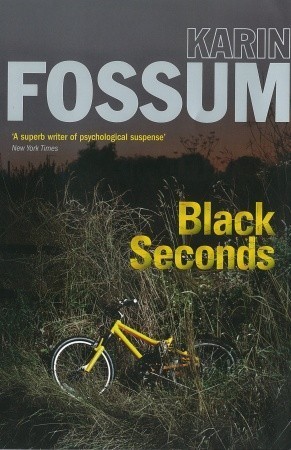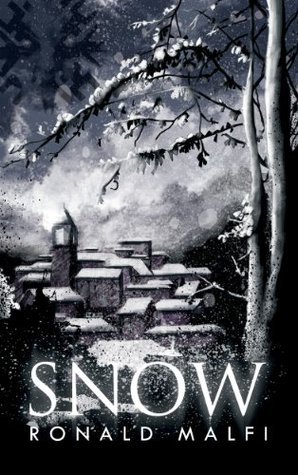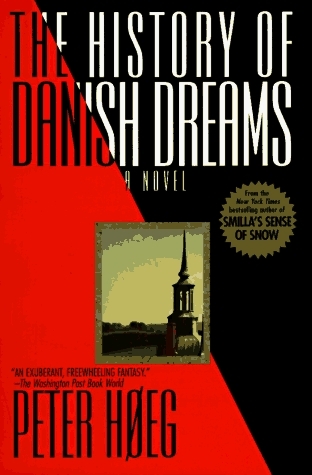
Smilla's Sense of Snow
Book Description
Beneath the shimmering blanket of Copenhagen’s snow lies a mystery that dares to shatter the silence. Smilla Jaspersen, a woman haunted by her past and gifted with an extraordinary intuition about snow, finds herself drawn into a web of secrets after the tragic death of a young neighbor. As she navigates a chilling landscape of betrayal and racial tensions, Smilla uncovers dark truths that threaten not only her life but the essence of justice itself. Can she piece together the clues before the snowfall hides them forever?
Quick Book Summary
"Smilla's Sense of Snow" by Peter Høeg is a genre-defying Scandinavian mystery that centers on Smilla Jaspersen, a half-Inuit, half-Danish woman living in Copenhagen. When her young Inuit neighbor, Isaiah, falls to his death from a rooftop, Smilla’s deep understanding of snow and intuition unravel inconsistencies in the official narrative. Driven by a profound sense of justice and haunted by her outsider status, Smilla conducts her own investigation, uncovering a chain of secrets that reach from Copenhagen’s frozen streets to the icy expanse of Greenland. The novel weaves themes of identity, loss, cultural displacement, and the quest for truth in a chilling, atmospheric setting, challenging both Smilla’s resolve and the reader’s assumptions.
Summary of Key Ideas
Table of Contents
The Complexity of Identity and Belonging
Smilla Jaspersen exists on the fringes of Danish society, born to a Greenlandic Inuit mother and a prominent Danish father. Her mixed heritage colors her worldview and sets her apart, fueling both an inward sense of isolation and outward empathy with other outsiders. When her young friend Isaiah plunges to his death from their Copenhagen apartment block, Smilla’s unique relationship with snow leads her to doubt the explanation of accident. Her connection to Isaiah, rooted in shared experiences of displacement and alienation, compels her to seek answers that authorities would rather ignore.
Intuition, Knowledge, and the Natural World
As Smilla investigates, she uses her scientific expertise in glaciology, instinct, and knowledge of snow to uncover hidden evidence atop the roof and beyond. Her intuition and close reading of snow’s traces—unnoticed by police—push the mystery into new terrain. Smilla’s persistent inquiry draws her into a cold labyrinth of clues, where the environment serves as both adversary and ally. Her bond with nature, especially the harsh truths encoded in snow, provides both her method and metaphor for her search: what appears blank and silent often holds imprints of violence and secrets.
Systemic Injustice and Corruption
The deeper Smilla digs, the more she encounters systemic indifference and prejudice, both as a woman and as a person of Inuit descent. Authorities seem to obstruct her at every turn, revealing layers of racism and bureaucracy that marginalize those like Isaiah and herself. The mystery grows beyond a personal quest into a broader commentary on exploitation, as Smilla uncovers connections to scientific conspiracies and corporate greed. These larger forces, masked by cultural insensitivity and ethical neglect, threaten to erase inconvenient truths beneath the literal and symbolic snowfalls.
Motherhood, Trauma, and Loss
Haunted by the loss of Isaiah, Smilla grapples with her own experiences of abandonment—her mother's early death, a strained relationship with her father, and her inability to fully integrate into either world she inhabits. Her emotional journey reveals how trauma both fuels her determination and shapes her worldview. Through motherhood and loss, Smilla’s quest is not only for justice but also for meaning and connection in the face of indifference.
Isolation and the Search for Connection
The novel’s conclusion finds Smilla following the trail of the mystery from Copenhagen to the remote ice fields of Greenland. The physical and psychological journey forces her to confront the limits of knowledge and the costs of pursuing truth. Ultimately, Smilla achieves a measure of resolution regarding Isaiah’s death, but the broader questions—about justice, identity, and human connection—remain complicated and unresolved. The pervasive cold and quiet underscore the ambiguity, leaving readers to ponder the boundaries between what can and cannot be known.
Download This Summary
Get a free PDF of this summary instantly — no email required.





